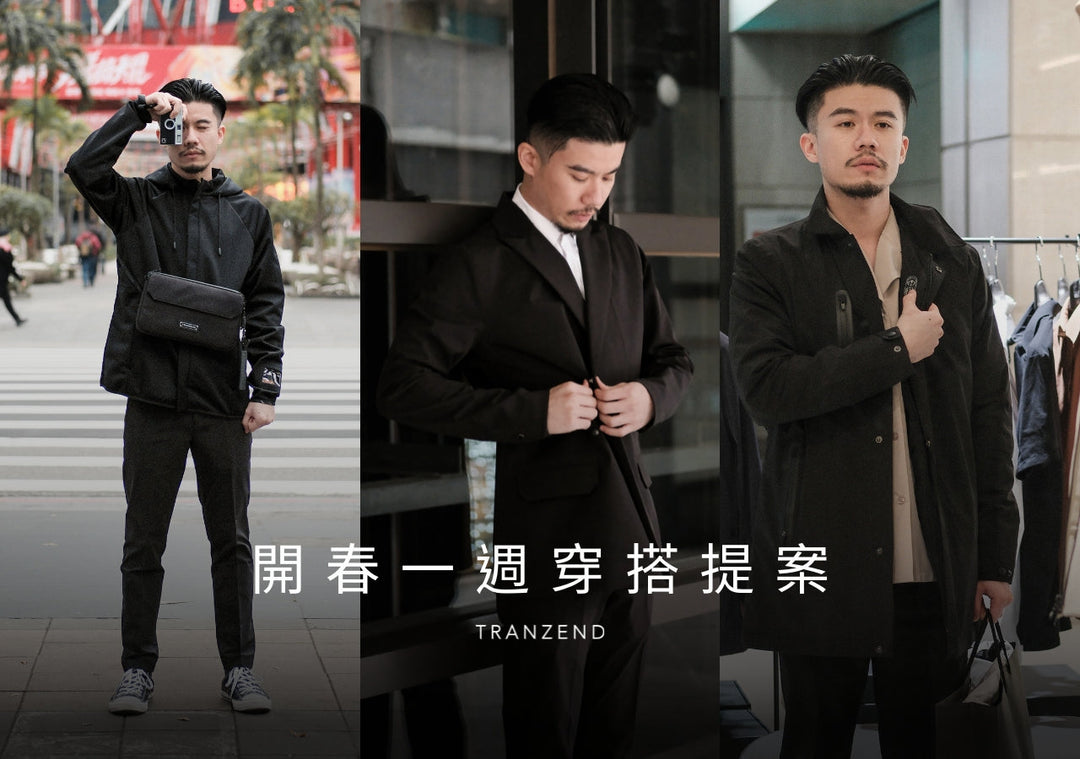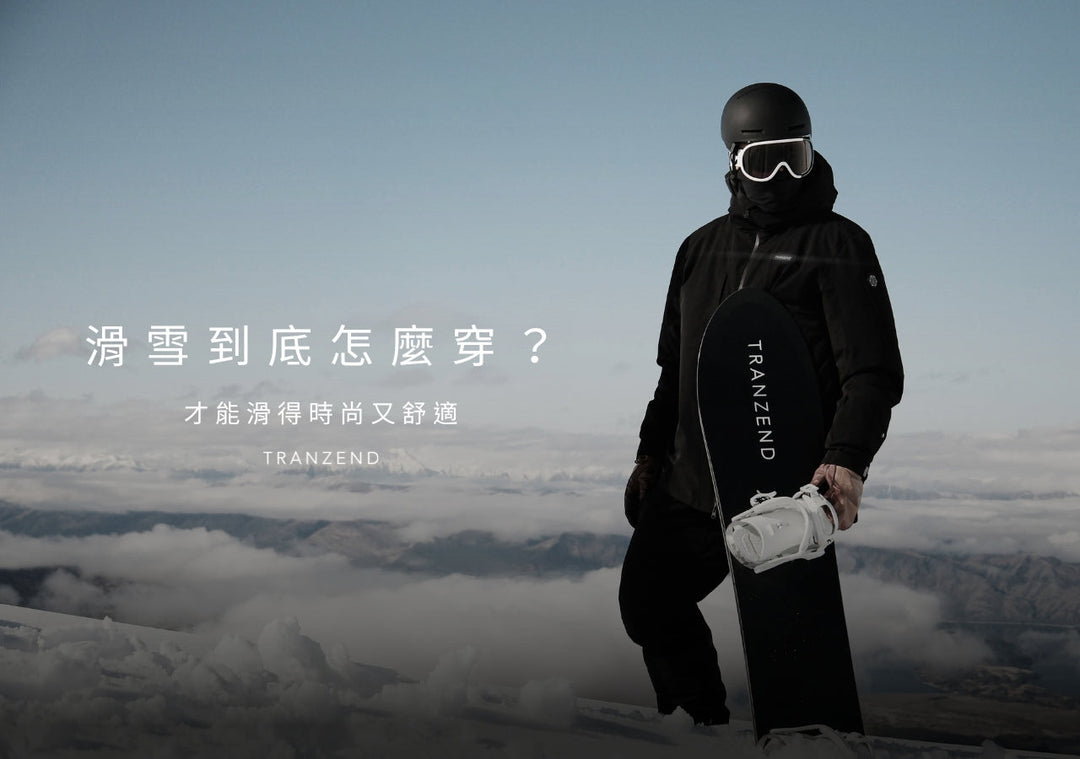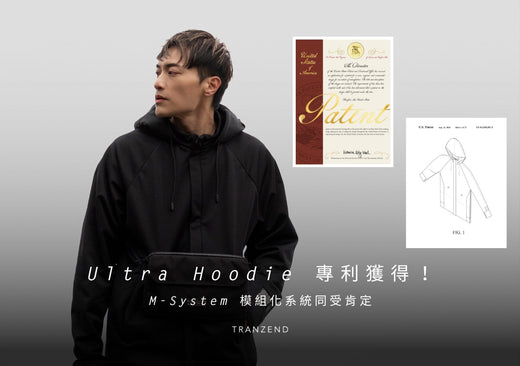Is it easy to wear a suit with a shirt? 10 details you should pay attention to when wearing a suit

Everyone knows how to put on a suit and a shirt, but do you really wear it correctly? How to wear a suit correctly has become a science. No matter how stylish you are, if you accidentally touch these landmines, your professionalism and handsomeness will be greatly reduced, and others will know that you are an amateur at a glance. The suitable occasions for suits include business, formal venues, banquet performances, casual matching, etc. There are corresponding dressing skills to pay attention to for different situations and occasions. Today, I will take you to understand these 10 dressing details that cannot be ignored.
10 details you should pay attention to when wearing a suit
1. Is it normal for suit jacket pockets to be sealed?
 The pockets of suit jackets basically have no storage function. Usually only the chest pocket can be used to store scarves, corsages and other decorations. In order to maintain the overall cleanliness and avoid deformation due to long-term storage, the pockets are fixed with false seams. Customers can remove the stitches by themselves, but even if the stitches are removed, it is not recommended to put taiko things in. Not only will the suit be bulging and unsightly, but the shape of the suit will also be easily damaged. As for the interior, it is usually lined with support and is suitable for storing small items, such as sunglasses, card holders, car keys, etc., which can be stored according to the inner pockets of corresponding sizes.
The pockets of suit jackets basically have no storage function. Usually only the chest pocket can be used to store scarves, corsages and other decorations. In order to maintain the overall cleanliness and avoid deformation due to long-term storage, the pockets are fixed with false seams. Customers can remove the stitches by themselves, but even if the stitches are removed, it is not recommended to put taiko things in. Not only will the suit be bulging and unsightly, but the shape of the suit will also be easily damaged. As for the interior, it is usually lined with support and is suitable for storing small items, such as sunglasses, card holders, car keys, etc., which can be stored according to the inner pockets of corresponding sizes.
2. What are these sutures? Need to dismantle?
 dismantle! Some custom-made suits will have false stitches sewn on the shoulders, buttonholes, and back slits. This was used to mark the fabric at the time and to fix the fabric. It can be removed carefully. Or you may find a brand woven label on the cuff. This label is not for decoration. It is the production label of the suit. It records which fabric factory or brand the suit was made for. If you are going to attend today For formal occasions, remember to remove this brand logo!
dismantle! Some custom-made suits will have false stitches sewn on the shoulders, buttonholes, and back slits. This was used to mark the fabric at the time and to fix the fabric. It can be removed carefully. Or you may find a brand woven label on the cuff. This label is not for decoration. It is the production label of the suit. It records which fabric factory or brand the suit was made for. If you are going to attend today For formal occasions, remember to remove this brand logo!
3. How to determine the length of suit pants?
 Suit trousers can generally be divided into four lengths of trouser legs, No Break trouser legs cut to the edge of the shoe, Half Break trouser legs half folded, Full Break trouser legs fully folded, and Crop trouser legs with bare ankles. The most common formal wear is interpreted by the length of No Break. The trousers are gently cut into the upper, and the ankles are exposed from time to time when walking. This will make the legs look longer; as for Full Break with too many wrinkles, or Crop pants that are too short and expose the ankles are not suitable for formal wear. Therefore, when attending formal events, remember that the pants should not be too long or too short. The size of the wrinkles is also related to the width of the trousers. Wide trousers usually have a break, while narrow trousers are recommended to have no break.
Suit trousers can generally be divided into four lengths of trouser legs, No Break trouser legs cut to the edge of the shoe, Half Break trouser legs half folded, Full Break trouser legs fully folded, and Crop trouser legs with bare ankles. The most common formal wear is interpreted by the length of No Break. The trousers are gently cut into the upper, and the ankles are exposed from time to time when walking. This will make the legs look longer; as for Full Break with too many wrinkles, or Crop pants that are too short and expose the ankles are not suitable for formal wear. Therefore, when attending formal events, remember that the pants should not be too long or too short. The size of the wrinkles is also related to the width of the trousers. Wide trousers usually have a break, while narrow trousers are recommended to have no break.
Ultra Suit 3.0 suit trousers are patterned with No Break proportions for Asian body shapes. They are suitable for a wide range of wear occasions, both formal and casual. The seams are reserved for easy adjustment of the length to meet the matching needs of different preferences.
4. Short socks, white long socks NG
 Continuing with the previous category of suit trousers, the choice of sock length is also very important. In general casual occasions, it is no problem to wear short socks (or even no socks) in the Crop style. Pair them with loafers or small shoes. White shoes look great, but in more formal occasions, if you wear a suit from No Break, your ankles will be exposed even when you stand, let alone when you sit down, which is really unsightly; therefore, the height of your socks should be at least as high as your calf. , and also pay attention to whether the socks will slide down and wrinkle. As for not wearing white socks, it originated in Europe. In the past, when wearing leather shoes, you would put shoe polish on them. If you wear white socks, they will easily get dirty and look sloppy. This has gradually become an international etiquette. Remember, white socks are only worn in casual occasions. .
Continuing with the previous category of suit trousers, the choice of sock length is also very important. In general casual occasions, it is no problem to wear short socks (or even no socks) in the Crop style. Pair them with loafers or small shoes. White shoes look great, but in more formal occasions, if you wear a suit from No Break, your ankles will be exposed even when you stand, let alone when you sit down, which is really unsightly; therefore, the height of your socks should be at least as high as your calf. , and also pay attention to whether the socks will slide down and wrinkle. As for not wearing white socks, it originated in Europe. In the past, when wearing leather shoes, you would put shoe polish on them. If you wear white socks, they will easily get dirty and look sloppy. This has gradually become an international etiquette. Remember, white socks are only worn in casual occasions. .
5. The hem of the shirt is tucked in, and the first button does not have to be buttoned
 Tie-up shirts should be considered basic common sense in formal wear. Tie-ups will look cleaner and more professional overall. When not wearing a tie and wearing a suit, the first button at the collar of the shirt does not need to be buttoned, and the rest must be fully buttoned. However, one thing to note here is whether the inner clothes will be exposed. , otherwise it is easy to make people feel too easy-going or not formal enough.
Tie-up shirts should be considered basic common sense in formal wear. Tie-ups will look cleaner and more professional overall. When not wearing a tie and wearing a suit, the first button at the collar of the shirt does not need to be buttoned, and the rest must be fully buttoned. However, one thing to note here is whether the inner clothes will be exposed. , otherwise it is easy to make people feel too easy-going or not formal enough.
6. The inner wear is not exposed
 I just mentioned that apart from the inner collar, the cuffs and hem of the dress should not be exposed, otherwise it will look sloppy. If you are afraid of the cold, sweating or bulging, why not wear a vest underneath?
I just mentioned that apart from the inner collar, the cuffs and hem of the dress should not be exposed, otherwise it will look sloppy. If you are afraid of the cold, sweating or bulging, why not wear a vest underneath?
7. The shirt cuffs should be exposed 1-2cm
 Why do we often hear people say that 1-2cm of shirt cuffs should be exposed? To be precise, the shirt cuffs should fall on the wrist and be 1-2 cm longer than the suit jacket. In the past, this was done to protect the expensive suit fabric from direct contact with the skin and damage too quickly, and it is gradually still used today. If you don’t want to have to pull your shirt cuffs out all the time, remember to choose a style that fits your size when ordering a suit and shirt set.
Why do we often hear people say that 1-2cm of shirt cuffs should be exposed? To be precise, the shirt cuffs should fall on the wrist and be 1-2 cm longer than the suit jacket. In the past, this was done to protect the expensive suit fabric from direct contact with the skin and damage too quickly, and it is gradually still used today. If you don’t want to have to pull your shirt cuffs out all the time, remember to choose a style that fits your size when ordering a suit and shirt set.
8. The collar is exposed from the back
 This has the same origin as showing sleeves, which were passed down to protect expensive suits. The normal situation is that you should not see the tie, only the shirt collar. Seeing the tie means that the tie may not be tied properly or your collar may be turned out!
This has the same origin as showing sleeves, which were passed down to protect expensive suits. The normal situation is that you should not see the tie, only the shirt collar. Seeing the tie means that the tie may not be tied properly or your collar may be turned out!
9. Never button the last button of your coat
 The simplest way to remember it is, the last one is "never deducted"! Take a two-button single-row suit as an example. The second button at the bottom is never buttoned. If it is a three-button single-row suit, the last button is never buttoned, only the middle or first two buttons are buttoned. You can remember the mantra "sometimes buttoning, always buttoning, never buttoning" according to the order of buttons. This way of dressing originated from King Edward VII of the United Kingdom, who simply left the second button unbuttoned because of his stature. Later, people gradually followed this way of dressing out of respect for him. (Ultra Suit 3.0 is equipped with a hidden magnetic buckle design, and there are no buttons on the placket, so you will not face the problem of which to button and which not to button)
The simplest way to remember it is, the last one is "never deducted"! Take a two-button single-row suit as an example. The second button at the bottom is never buttoned. If it is a three-button single-row suit, the last button is never buttoned, only the middle or first two buttons are buttoned. You can remember the mantra "sometimes buttoning, always buttoning, never buttoning" according to the order of buttons. This way of dressing originated from King Edward VII of the United Kingdom, who simply left the second button unbuttoned because of his stature. Later, people gradually followed this way of dressing out of respect for him. (Ultra Suit 3.0 is equipped with a hidden magnetic buckle design, and there are no buttons on the placket, so you will not face the problem of which to button and which not to button)
10. Tie length is important
 After the tie is tied, the length should fall around the navel, with a small section exposed below the first button of the suit jacket, and should not cover the belt. It is neither too long nor too short.
After the tie is tied, the length should fall around the navel, with a small section exposed below the first button of the suit jacket, and should not cover the belt. It is neither too long nor too short.
Conclusion
There are indeed many details that need to be taken into consideration when wearing a suit. If you learn the above 10 dressing skills, you will be successfully promoted to an expert taster!
If you want to know more about the types of suits, please leave a message below and let us know.
TRANZEND
Facebook: Tranzend Taiwan
Instagram: tranzend_taiwan
Email: sales@tranzend.co.uk




icon-X
abwhnlesii
[url=http://www.gj76l7r324d0wg6356v7sexs8n00xx8qs.org/]ubwhnlesii[/url]
bwhnlesii http://www.gj76l7r324d0wg6356v7sexs8n00xx8qs.org/
Leave a comment